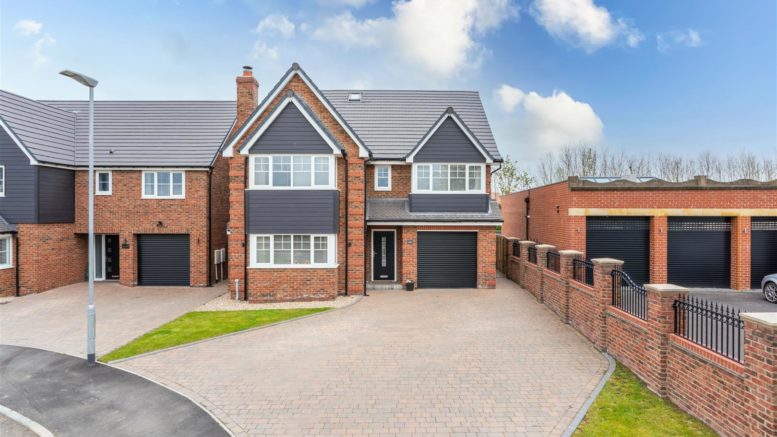New rates of stamp duty apply from 1 July. They are higher than now, but still below pre-pandemic levels.
A new stamp duty regime is due to come into effect on 1 July.
From that date until 30 September next, house purchases will still attract lower stamp duty than they would have done pre-pandemic but more than they do right now.
The crucial date when working out the rate of SDLT that applies is the date of completion of a property transaction, not that of the exchange of contracts.
From 1 July, stamp duty – or Stamp Duty Land Tax, to give it its full name – will begin to apply once the price of a property exceeds £250,000 (down from the current £500,000). After that, the portion from £250,001 to £925,000 will be taxed at 5 per cent, and after that, the portion between £925,001 and £1.5m at 10 per cent.
If the price is still higher, the remaining portion will be taxed at 12 per cent.
All this assumes the house is a not a ‘first-time’ buy and is not a second home or rental property.
In the latter case, for properties costing £40,000 or more, a 3 per cent of the total purchase price applies in addition to the rates above.
For more expensive properties this means the stamp duty element of a purchase is quite punitive. An individual UK resident buying a £2m property would have to pay £211,250 in stamp duty.
Buyers may have to pay the higher rates even if they intend to live in the property they are buying, and regardless of whether or not they already own a residential property. This is because the rules apply to the buyer and anyone to whom they are married or with whom they are buying. They also capture property owned on behalf of children under the age of 18, or as the beneficiary of a trust
The higher rates do not apply to property bought as a new main residence, the previous one being sold contemporaneously or previously sold or given away.
Neither do they apply if the property being purchased costs less than £40,000, is mixed residential and non-residential use, such as a shop with a flat above, or is ‘moveable’, as in a caravan, houseboat or moveable mobile home. The rules also do not apply to property that is leased for seven years or less, or rented.
Neither is the higher rate applicable for transfer of ownership (or part ownership) of a residential property between husband and wife.
There is a facility provided by HMRC for working out the total to be paid on any purchase: Calculate Stamp Duty Land Tax (SDLT).
Stamp duty also applies to the ‘net present value’ (a calculation that gives the present value of a stream of payments, taking into account the diminishing value of money as time goes by) of any rents payable for residential property. From 1 July 2021 to 30 September 2021 the nil rate band will be decreased from the present £500,000 to £250,000. Above that stamp duty of 1 per cent is payable.
There are reliefs available from stamp duty, including relief when buying more than one residential property in a linked transaction including freehold or leasehold interests. This effectively reduces the stamp duty on the overall transaction to no more than that which would have been paid had the properties been purchased individually.
Find out more about this in the HMRC SDLT manual.
An important point to remember is that a SDLT return must be sent to HMRC within 14 days of the ‘effective date’ of the purchase. HMRC helpfully adds that ‘you can pay your SDLT bill as soon as your return has been sent’.
SDLT standard rates on residential property purchased from 1 July 2021 to 30 September 2021
If you purchase a residential property between 1 July 2021 to 30 September 2021, you only start to pay SDLT on the amount that you pay for the property above £250,000.
You can use the table to work out the SDLT due.
|
Property or lease premium or transfer value |
SDLT rate |
|
Up to £250,000 |
zero |
|
The next £675,000 (the portion from £250,001 to £925,000) |
5% |
|
The next £575,000 (the portion from £925,001 to £1.5 million) |
10% |
|
The remaining amount (the portion above £1.5 million) |
12% |
From 1 July 2021 the special rules and rates for first time buyers apply, including first time buyers purchasing property through a shared ownership scheme.







